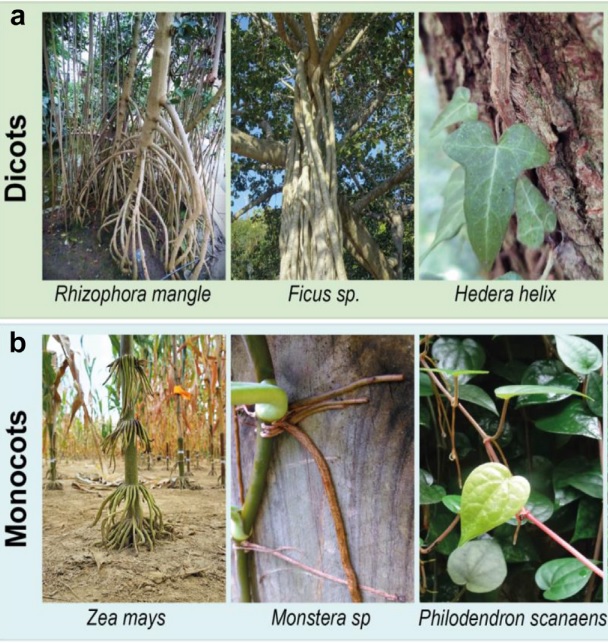
Review: Stem-borne roots as a framework to study trans-organogenesis
Plant Science Research WeeklyPlants develop new organs and tissues throughout their lifespan as they grow new leaves, roots and reproductive structures. Many of these tissues arise from similar tissues, such as lateral roots arising from primary roots, and the mechanisms guiding their formation are well understood. But what about…

Convergent evolution of plant prickles
Plant Science Research WeeklyContrary to common belief, roses do not have thorns: instead, they have prickles. Thorns (as in hawthorns) are modified stems, spines (as in cactus spines) are modified leaves, and prickles (as in roses) are modified epidermal tissues. Prickles occur in a wide range of plants. Satterlee et al. set out…
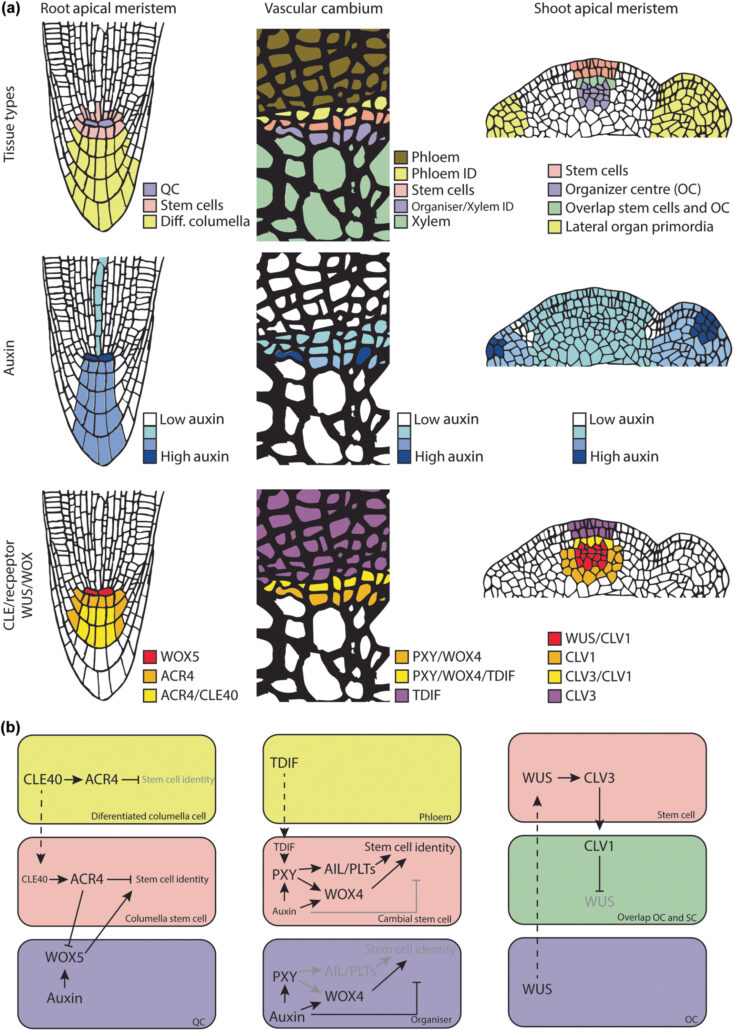
Review: Stem cells of the vascular cambium
Plant Science Research WeeklyVascular cambium cells are meristematic cells responsible for secondary growth. Lineage tracing studies in Arabidopsis and poplar show the presence of single bifacial stem cells in each radial cell file that produce xylem inwards and phloem cells outwards. In a recent review, Wybouw et al. discuss the…
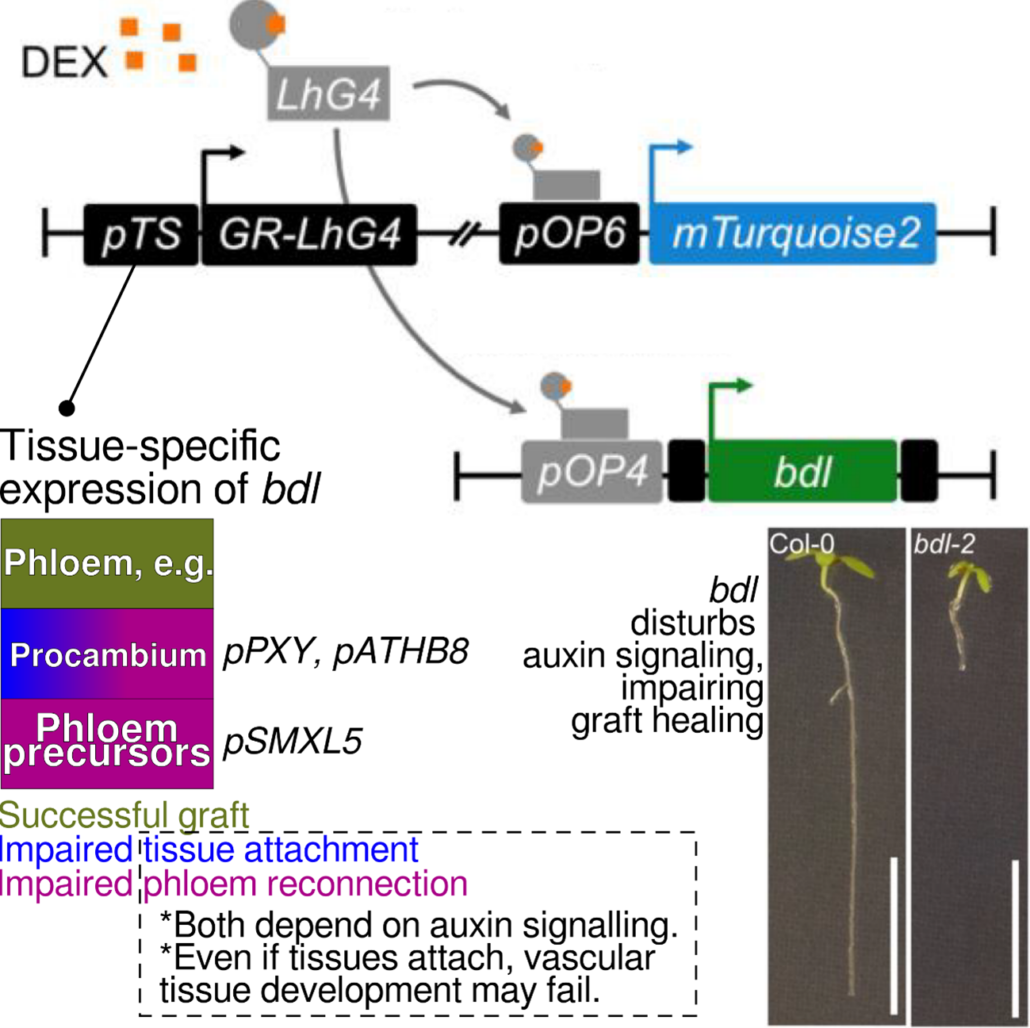
Tissue-specific interference reveals complex roles for auxin signalling in procambial cells during graft healing in Arabidopsis
Plant Science Research WeeklyFor hundreds of years, we have propagated plants clonally by grafting, i.e. the union of a scion and a rootstock to form a new plant. To be successful, a graft junction must heal: tissues must attach, and vascular bundles reconnect, in a process known to involve auxin. Here, Serivichyasw at et al. investigate…
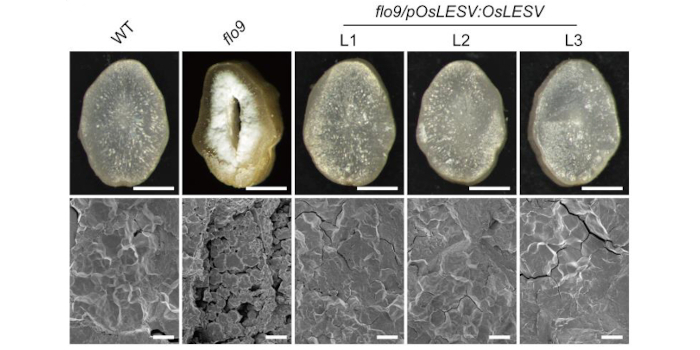
OsLESV cooperates with FLO6 to modulate starch biosynthesis and endosperm development
The Plant Cell: In a NutshellOsLESV cooperates with FLO6 to modulate starch biosynthesis and endosperm development
Yan, Zhang, Wang et al. identify OsLESV–FLO6 as a non-enzymatic molecular module responsible for starch biosynthesis and endosperm development.
https://doi.org/10.1093/plcell/koae006
By Haigang Yan, Wenwei…

A single gene converts Brassicaceae from annual to perennial form
Plant Science Research WeeklyPolycarpic perennials, as opposed to annual plants, flower multiple times over several growing seasons throughout their lifecycle. To do that, they must retain a vegetative meristem that does not produce flowers during the reproductive phase. MADS-box transcription factors like FLOWERING LOCUS C (FLC)…
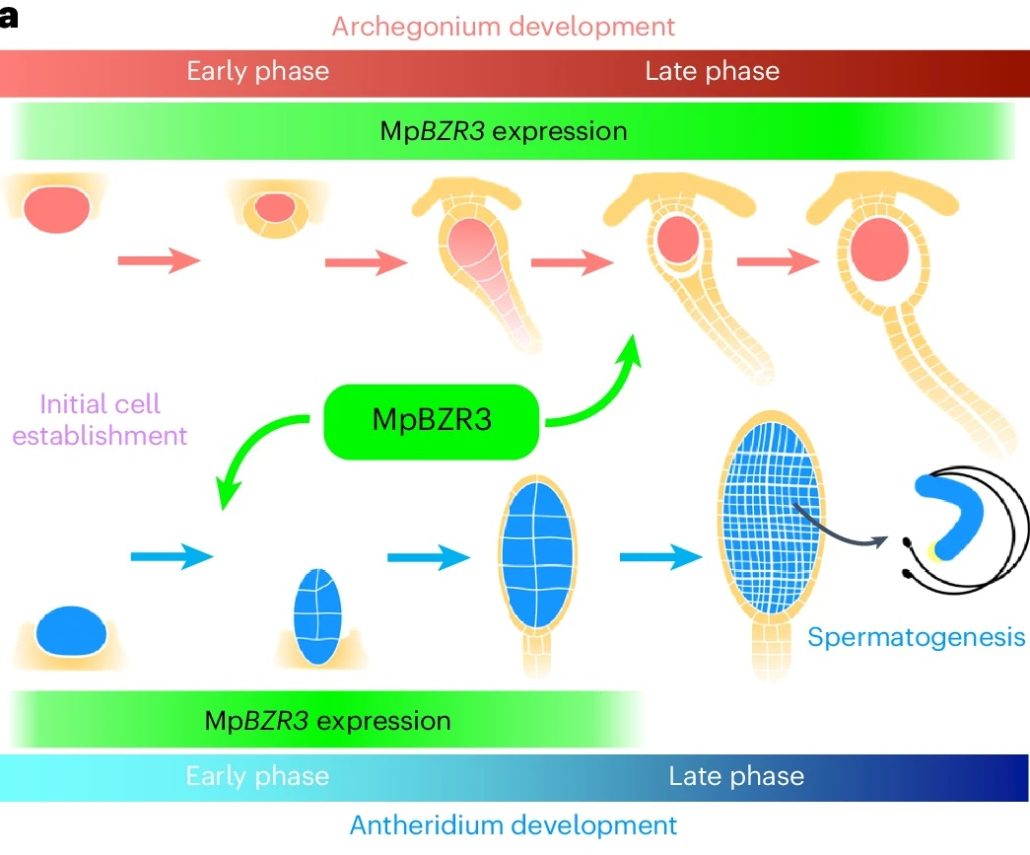
A novel BZR/BES transcription factor controls the development of haploid reproductive organs in Marchantia polymorpha
Plant Science Research WeeklyGametogenesis is essential for sexual reproduction. In bryophytes, lycophytes, and ferns, gametogenesis takes place in gametangia: antheridia for sperm production and archegonia for egg production. How these specialized reproductive organs develop at the molecular level remains unclear. Furuya et al.…

Volatile communication in plants relies on a KAI2-mediated signaling pathway
Plant Science Research WeeklyWhile it is recognized that plant communication, both within and between plants, can be achieved through emission and perception of volatile organic compounds (VOCs), it is unclear exactly how these signals are perceived and transmitted. Stirling et al. tease apart the components of within-plant VOC…
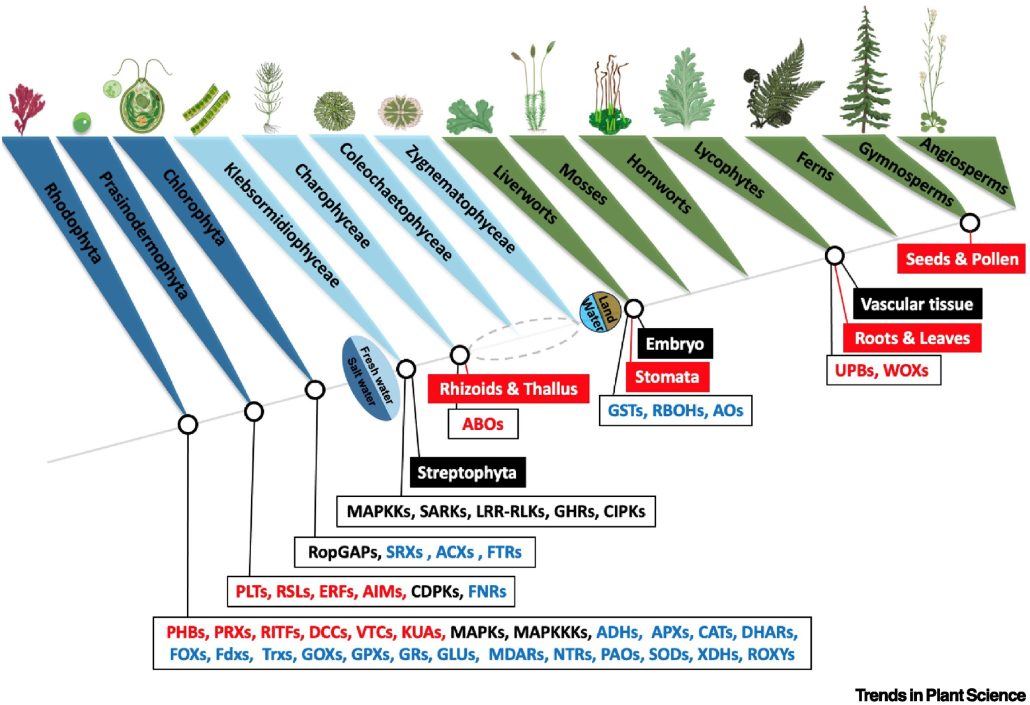
Review: Evolution of ROS targets for plant development
Plant Science Research WeeklyReactive oxygen species (ROS) are agents of damage but also potent signals. Here, Singh et al. review the cellular targets that support ROS signaling across the green kingdom. Many of the signaling roles for ROS have been uncovered in Arabidopsis and other angiosperms, so it is interesting to look at…

